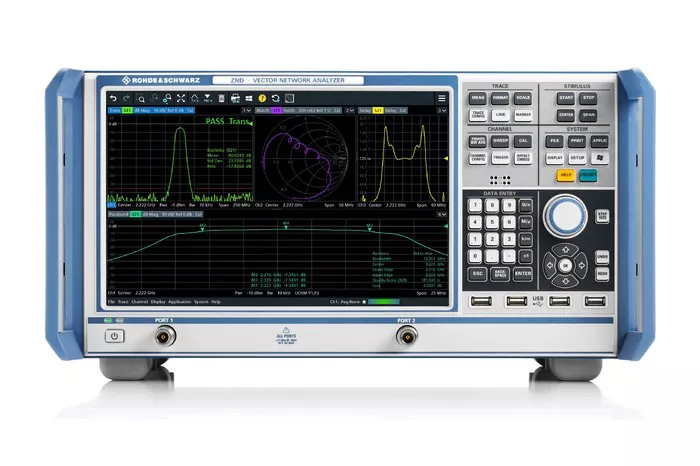In industries where combustion processes are integral, monitoring and controlling emissions are critical for efficiency, safety, and environmental compliance. A flue gas analyzer is a vital instrument used to measure the composition of gases emitted from combustion sources such as boilers, furnaces, and industrial chimneys. By analyzing the chemical makeup of flue gases, industries can optimize fuel usage, reduce pollution, and ensure adherence to regulatory standards. This article provides an in-depth exploration of flue gas analyzers, their working principles, components, applications, and benefits.
How Does a Flue Gas Analyzer work
A flue gas analyzer functions by extracting a sample of the exhaust gases from a combustion system and analyzing its composition. The key principle involves electrochemical, optical, or infrared detection methods, depending on the type of sensor used. The general steps of operation include:
Gas Extraction: A probe is inserted into the exhaust stream to draw a sample of the flue gases.
Filtration and Conditioning: The gas sample passes through filters to remove particulate matter and moisture before analysis.
Sensor Detection: The gas sample is then introduced to a sensor module that detects various gas concentrations based on specific chemical interactions or absorption properties.
Data Processing: The detected values are processed and displayed for analysis.
Emission Reporting: The results help operators adjust combustion parameters to optimize efficiency and comply with environmental regulations.
Key Components of a Flue Gas Analyzer
A typical flue gas analyzer consists of the following components:
Probe: Captures the gas sample from the flue.
Gas Pump: Draws the gas sample into the analyzer.
Filters: Remove impurities such as dust and moisture from the gas sample.
Sensors: Detect and measure specific gas components such as oxygen (O₂), carbon monoxide (CO), carbon dioxide (CO₂), nitrogen oxides (NOx), and sulfur dioxide (SO₂).
Electronics Module: Processes sensor signals and converts them into readable data.
Display Interface: Provides real-time gas composition readings.
Data Storage and Connectivity: Logs data and allows for external connectivity via USB or wireless transmission.
Types of Flue Gas Analyzers
Flue gas analyzers are categorized based on their sensing technology and intended applications:
Portable Flue Gas Analyzers
- Used for field testing and troubleshooting.
- Compact and battery-powered.
- Ideal for maintenance personnel and mobile monitoring.
Fixed (Continuous Emissions Monitoring Systems – CEMS)
- Permanently installed for continuous monitoring.
- Used in industrial facilities for regulatory compliance.
- Capable of real-time data transmission to control systems.
Multi-Gas Analyzers
- Measure multiple gas components simultaneously.
- Often equipped with advanced sensors for NOx, SO₂, and hydrocarbons.
- Used in power plants and heavy industries.
Applications of Flue Gas Analyzers
Flue gas analyzers are used across various industries, including:
Power Plants: Monitor emissions from coal, oil, and gas-fired power plants to optimize combustion and reduce pollution.
Industrial Boilers: Improve fuel efficiency and detect hazardous emissions in manufacturing plants.
HVAC Systems: Ensure safe and efficient operation of heating systems in commercial and residential buildings.
Petrochemical Industry: Analyze emissions from refining processes and ensure environmental compliance.
Cement and Steel Industries: Monitor emissions from kilns and blast furnaces to optimize fuel usage.
Waste Incineration Plants: Control toxic emissions and comply with environmental laws.
Benefits of Using a Flue Gas Analyzer
The use of flue gas analyzers provides several advantages:
Enhanced Combustion Efficiency: Helps adjust air-fuel ratios to maximize energy output and minimize waste.
Regulatory Compliance: Ensures adherence to emission standards set by agencies like the EPA and EU directives.
Environmental Protection: Reduces harmful emissions contributing to global warming and air pollution.
Safety Assurance: Detects hazardous gases like CO to prevent poisoning and accidents.
Cost Savings: Optimizing combustion reduces fuel consumption, leading to significant cost savings.
Real-Time Monitoring: Provides instant feedback for process optimization and predictive maintenance.
How to Use a Flue Gas Analyzer Effectively
To achieve the best results from a flue gas analyzer, follow these steps:
Pre-Check Calibration: Ensure the device is calibrated for accurate readings.
Probe Placement: Insert the probe into the designated flue gas outlet.
Gas Sampling: Allow the analyzer to draw and condition the gas sample.
Data Interpretation: Compare readings against acceptable emission levels.
Adjust Combustion Settings: Modify air intake, fuel flow, or burner settings based on data analysis.
Routine Maintenance: Regularly clean and calibrate the analyzer to maintain accuracy.
Maintenance and Calibration
Regular maintenance and calibration are essential for the longevity and accuracy of flue gas analyzers:
Routine Cleaning: Keep sensors and filters clean to prevent contamination.
Periodic Calibration: Use calibration gases to ensure sensor accuracy.
Sensor Replacement: Replace sensors when they degrade over time.
Firmware Updates: Keep software updated for enhanced performance.
Conclusion
Flue gas analyzers play a crucial role in ensuring energy efficiency, environmental protection, and regulatory compliance in combustion-related industries. By providing precise and real-time measurements of gas emissions, these devices help optimize fuel consumption, reduce operational costs, and enhance safety. Whether used in power plants, industrial boilers, or HVAC systems, flue gas analyzers are indispensable tools for modern engineering and environmental sustainability.

